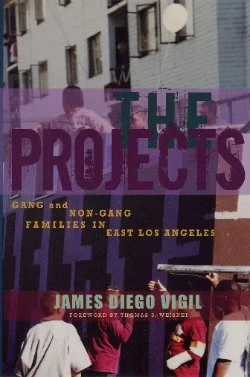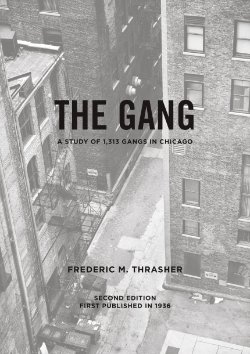Edited by Malcolm W. Klein, Hans-Jürgen Kerner, Cheryl L. Maxson and Elmar G. M. Weitekamp
The Eurogang Paradox is the first comprehensive collection of original research reports on the status of street gangs and problematic youth groups in Europe, as well as a set of special, state-of-the-art reports on the current status of American street gang research and its implications for the European gang situation. Seven American papers are joined with reports from England, Norway, Sweden, Denmark, Germany, Russia, Holland, Belgium, France, and Slovenia. Summary chapters by the American and European editors provide overviews of the street gang picture: the associated issues and problems of definition, community context, comparative research procedures, and implications for prevention and intervention. Professionals and students will find these papers easy to comprehend yet fully informative on comparative street gang studies.
Dordrecht: Kluwer Academic, 2001. 335p.





















